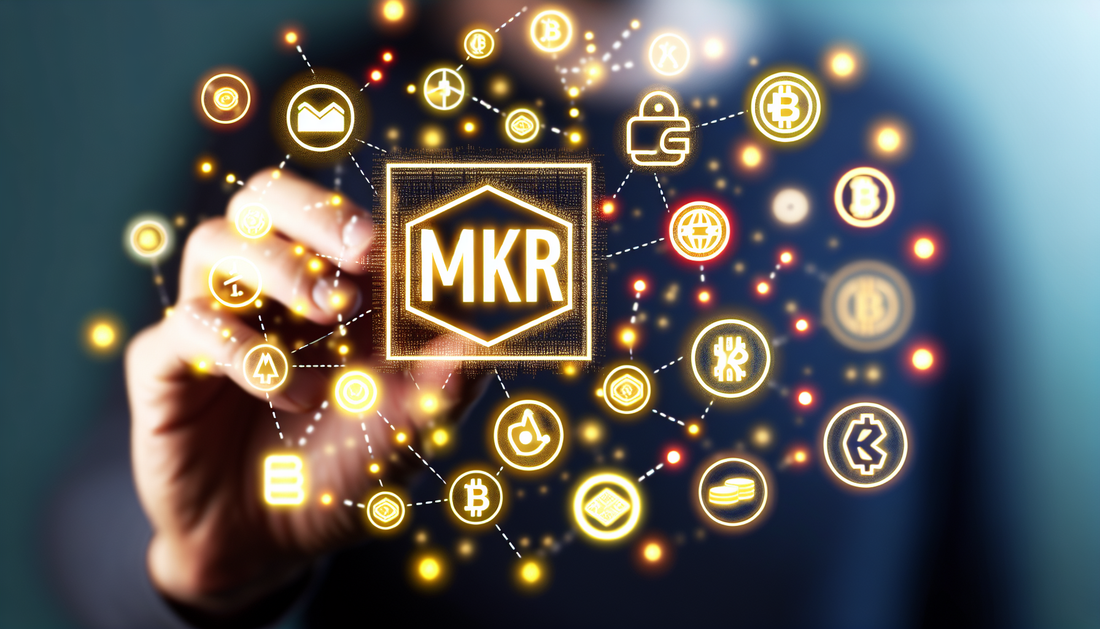
Decoding MKR: The Backbone of MakerDAO
Share
Understanding the Tokenomics of Maker (MKR)
MKR, the native token of the MakerDAO ecosystem, stands as a critical component in the decentralized finance (DeFi) landscape. It plays a pivotal role in the governance of MakerDAO, a decentralized autonomous organization that manages the DAI stablecoin. Here, we delve into the tokenomics of MKR, dissecting its structure and how it functions within the broader DeFi ecosystem.
MKR Token Utility and Governance
The primary function of the MKR token is governance. Holders of MKR have voting rights, allowing them to participate in decisions affecting the Maker Protocol, including the stability fees of the DAI stablecoin, collateral types, and parameters for risk management. This decentralized governance model aligns with the growing trend in the DeFi space towards community-driven decision-making, a topic discussed in other DeFi projects such as ApeCoin DAO.
Beyond governance, MKR also serves as a financial utility within the protocol. When the Maker Protocol functions correctly, MKR is not directly involved with the DAI’s stability. However, if the system becomes undercollateralized, MKR is minted and sold on the market to recapitalize the system, distributing the financial risk to MKR holders.
Supply Dynamics
MKR does not have a fixed supply, which is vital for its role in maintaining the health of the Maker ecosystem. The supply of MKR can increase if there is a need for system recapitalization, acting as a risk-sharing mechanism. Conversely, MKR is also burned as a mechanism to decrease supply, done through the collecting of stability fees in MKR. This burn model serves as a deflationary mechanism aimed at increasing MKR value over time.
Comparative Analysis
While MKR’s tokenomics are distinct, it shares similarities with other DeFi tokens that emphasize governance and risk management. For instance, the Ribbon Finance ecosystem also presents a decentralized approach to financial operations, as discussed in the article on Ribbon Finance's RBN Tokenomics.
The governance and utility interplay in MKR's design reflects the broader trends in DeFi tokenomics where active participation, risk distribution, and supply management play central roles. Analyzing MKR alongside other governance tokens can offer deeper insights into how decentralized platforms aim to sustain their ecosystems.
Through its robust tokenomics, MKR continues to be a cornerstone in DeFi, facilitating decentralized governance and ensuring the efficacy and security of the DAI stablecoin.
